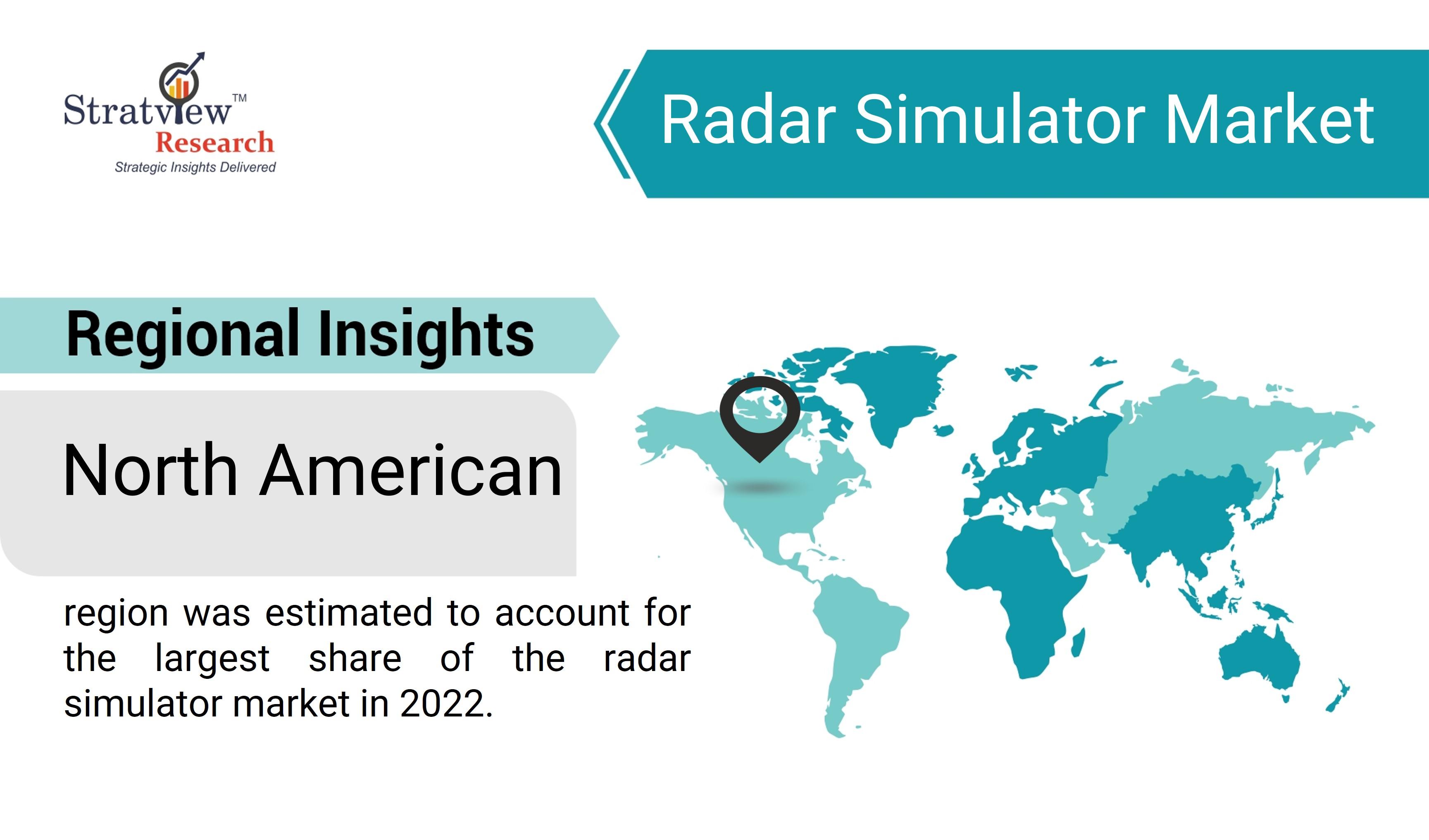According to Stratview Research, the radar simulator market was estimated at USD 2.38 billion in 2022 and is likely to grow at a CAGR of 5.21% during 2023-2028 to reach USD 3.25 billion in 2028.
In the ever-evolving landscape of aviation, precision and accuracy are paramount. As technology continues to shape the future of flight, radar simulators have emerged as indispensable tools for training, research, and development. In this exploration, we take a deep dive into the dynamics of the Radar Simulator Market, uncovering the crucial role it plays in shaping the expertise of aviation professionals and fostering advancements in radar technology.
- Radar Simulators Unveiled: A Prelude to Precision Aviation
Before delving into market dynamics, it's essential to understand the essence of radar simulators. These sophisticated systems replicate real-world radar scenarios, providing a controlled and immersive environment for training air traffic controllers, radar operators, and aviation professionals. From military applications to civil aviation, radar simulators have become instrumental in cultivating expertise and enhancing operational efficiency.
- Market Size and Growth: Rising Demand in an Evolving Aviation Landscape
The Radar Simulator Market is experiencing robust growth, propelled by the increasing complexity of airspace and the demand for highly skilled professionals. As aviation regulations tighten and the need for precise radar operation grows, the market expands to meet the requirements of training institutions, defense organizations, and aviation research facilities.
- Versatility in Applications: Beyond Training Scenarios
While training remains a primary focus, radar simulators are proving their versatility in various applications. This section explores how radar simulators are utilized for research and development, testing new radar technologies, and simulating complex air traffic scenarios. The market is evolving to offer solutions that go beyond training, contributing to the advancement of radar capabilities.
- Technological Advancements: Driving Innovation in Radar Simulation
Innovation is at the core of the Radar Simulator Market. Advancements in technology, including artificial intelligence, machine learning, and realistic 3D visualization, are transforming the capabilities of radar simulators. This section delves into the technological landscape, showcasing how these innovations are enhancing the fidelity and effectiveness of radar simulation.
- Virtual Reality (VR) Integration: Enhancing Training Realism
The integration of virtual reality into radar simulators is a game-changer. VR technology provides a heightened sense of realism, allowing trainees to immerse themselves in lifelike scenarios. From air traffic control towers to military command centers, this article explores how VR integration is revolutionizing the training experience and preparing professionals for real-world challenges.
- Global Perspectives: Regional Trends and Market Players
The dynamics of the Radar Simulator Market vary across regions, influenced by factors such as regulatory frameworks, aviation infrastructure, and defense priorities. This section provides a global perspective, examining regional trends and profiling key market players. Understanding the diverse landscape helps stakeholders navigate the market more effectively.
- Training Tomorrow's Aviators: Radar Simulator Impact on Education
In the quest for safer skies, the education and training of future aviators are paramount. Radar simulators are playing a pivotal role in aviation education, providing aspiring pilots and air traffic controllers with hands-on experience in a risk-free virtual environment. The article explores how radar simulators are shaping the next generation of aviation professionals.
- Challenges in Radar Simulation: Overcoming Hurdles for Progress
Despite their advancements, radar simulators face challenges. This section delves into issues such as maintaining realistic scenarios, adapting to evolving airspace dynamics, and ensuring interoperability with existing systems. By understanding these challenges, industry stakeholders can work collaboratively to drive solutions and propel the Radar Simulator Market forward.
- Future Horizons: Emerging Trends and Market Prospects
The final section of the article looks towards the future, exploring emerging trends and market prospects. From the integration of artificial intelligence for dynamic scenario generation to advancements in weather pattern simulation, readers gain insights into the innovations that will shape the Radar Simulator Market in the years to come.
In conclusion, navigating the skies requires precision, expertise, and continuous training. The Radar Simulator Market stands at the forefront of meeting these demands, offering a dynamic and evolving landscape that contributes significantly to the safety and efficiency of global aviation. As technology continues to soar to new heights, radar simulators play a pivotal role in ensuring that those who navigate the skies are well-prepared for the challenges that lie ahead.
